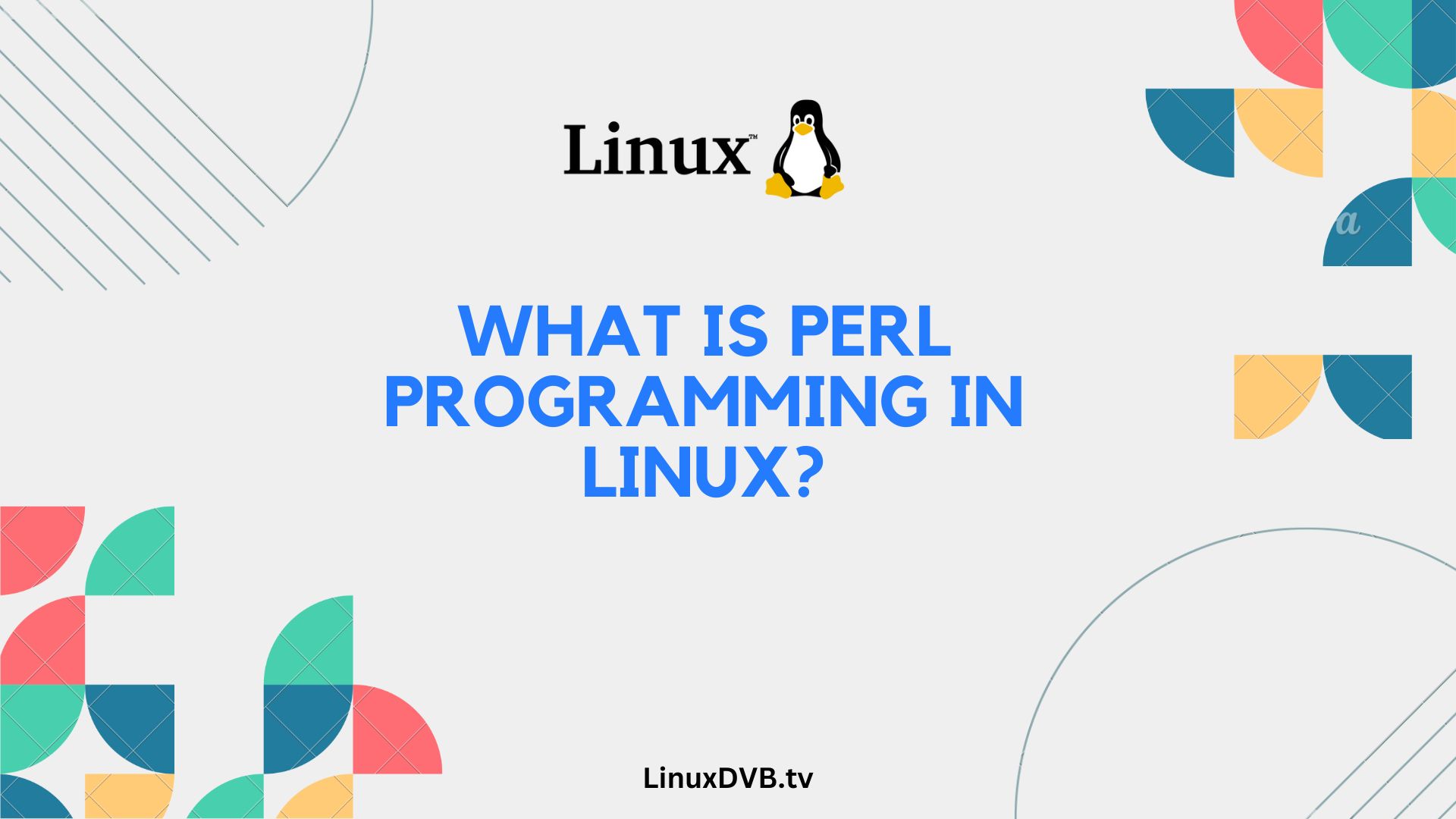In the ever-evolving world of programming and open-source technology, Perl programming in Linux stands out as a powerful and versatile tool. This article aims to provide you with an in-depth understanding of Perl programming in the Linux environment. We’ll explore its origins, features, applications, and much more. Whether you’re a seasoned developer or a curious newcomer, this guide will equip you with valuable insights into the world of Perl programming in Linux.
Table of Contents
Introduction to Perl Programming
Perl, short for “Practical Extraction and Reporting Language,” is a high-level, dynamic, and interpreted programming language. It was created by Larry Wall in the late 1980s and has since become a cornerstone of the open-source software community. Perl is renowned for its text-processing capabilities, making it a valuable asset for tasks involving data manipulation and analysis.
The Origin of Perl
The journey of Perl programming in Linux begins with its creator, Larry Wall. Discover the fascinating history behind the birth of Perl and how it gained popularity within the Linux community.
Key Features of Perl
Explore the unique features that set Perl apart from other programming languages. From regular expressions to extensive module libraries, Perl has a lot to offer.
Installing Perl on Linux
A practical guide on how to install Perl on your Linux system. Follow these steps to get started with Perl programming.
Perl Syntax and Basics
Before delving deeper into Perl, let’s grasp the fundamental building blocks of the language.
Variables and Data Types
Learn how to declare variables and understand the various data types in Perl, such as scalars, arrays, and hashes.
Control Structures
Explore Perl’s control structures, including loops and conditional statements, to create efficient and responsive scripts.
Subroutines and Functions
Discover the power of subroutines and functions in Perl to modularize your code and make it more maintainable.
Advanced Perl Programming
Now that you have a solid foundation, let’s move on to more advanced topics.
Regular Expressions in Perl
Master the art of regular expressions in Perl and unlock their potential for text processing and pattern matching.
File Handling
Learn how to work with files in Perl, from reading and writing to handling exceptions gracefully.
Object-Oriented Programming (OOP) in Perl
Explore Perl’s support for OOP and understand how it can improve code organization and reusability.
Perl in Real-World Applications
See how Perl programming in Linux is put to practical use across various domains.
Web Development with Perl
Discover how Perl is used to create dynamic web applications and CGI scripting.
System Administration and Automation
Learn how Perl simplifies system administration tasks and automates routine operations.
Bioinformatics and Scientific Computing
Explore how Perl aids researchers in processing and analyzing biological data.
FAQs
Here are some commonly asked questions about Perl programming in Linux:
What is Perl programming in Linux?
Perl programming in Linux refers to using the Perl programming language to write scripts and programs on a Linux operating system.
What is Perl used for in Linux?
Perl in Linux is used for various tasks, including text processing, system administration, web development, and automation.
How does Perl compare to other scripting languages like Python and Ruby?
Perl, Python, and Ruby are scripting languages with different strengths. Perl excels in text processing, while Python and Ruby have broader application domains and larger communities.
What are CPAN and Perl modules, and why are they essential?
CPAN (Comprehensive Perl Archive Network) is a repository of Perl modules. Perl modules are reusable code libraries, essential for extending Perl’s functionality and reusing code.
Can I use Perl for game development?
While it’s possible to use Perl for game development, it’s not a common choice due to the availability of more specialized game development languages and tools.
Is Perl suitable for developing desktop applications?
Perl can be used for developing desktop applications, but it’s not the most common choice. Other languages like Java, C#, or Python are often preferred for this purpose.
Are there any notable companies or organizations that rely on Perl for their projects?
Yes, several notable companies and organizations, such as Amazon, Booking.com, and NASA, have used Perl for various projects and tasks.
What resources are available for learning and mastering Perl?
Resources for learning Perl include online tutorials, books like “Learning Perl” by O’Reilly, and websites like Perl.org, which offer documentation and community support.
Conclusion
In conclusion, Perl programming in Linux offers a versatile and robust solution for a wide range of tasks, from text processing to web development and system administration. Its flexibility and extensive community support make it a valuable addition to any developer’s toolkit. Whether you’re a beginner or an experienced programmer, exploring Perl in the Linux environment can open up exciting possibilities for you.

